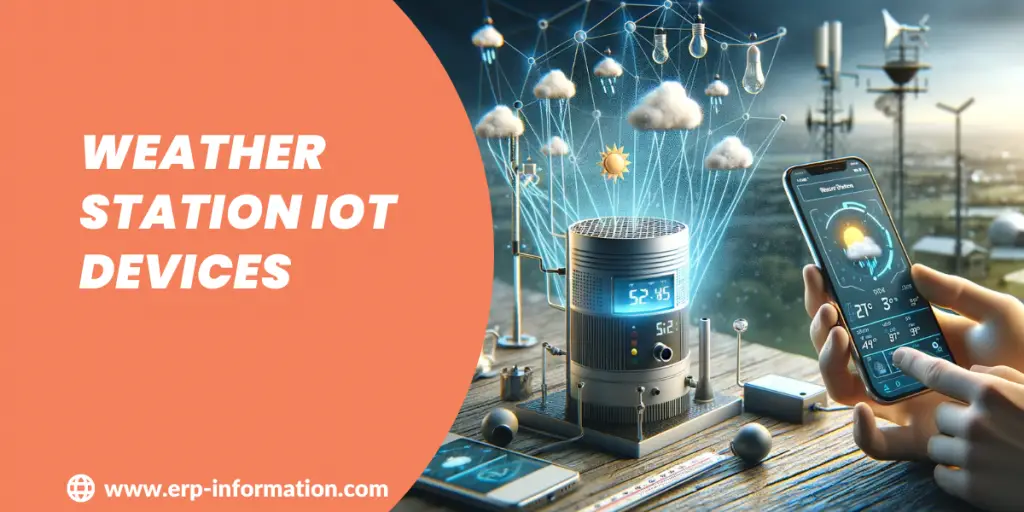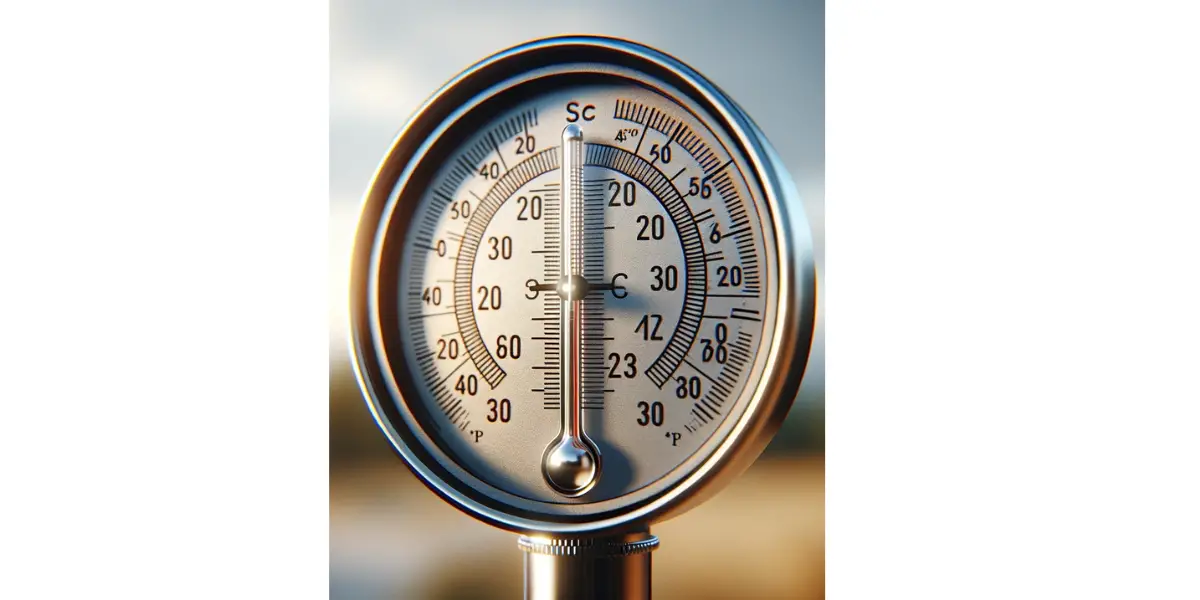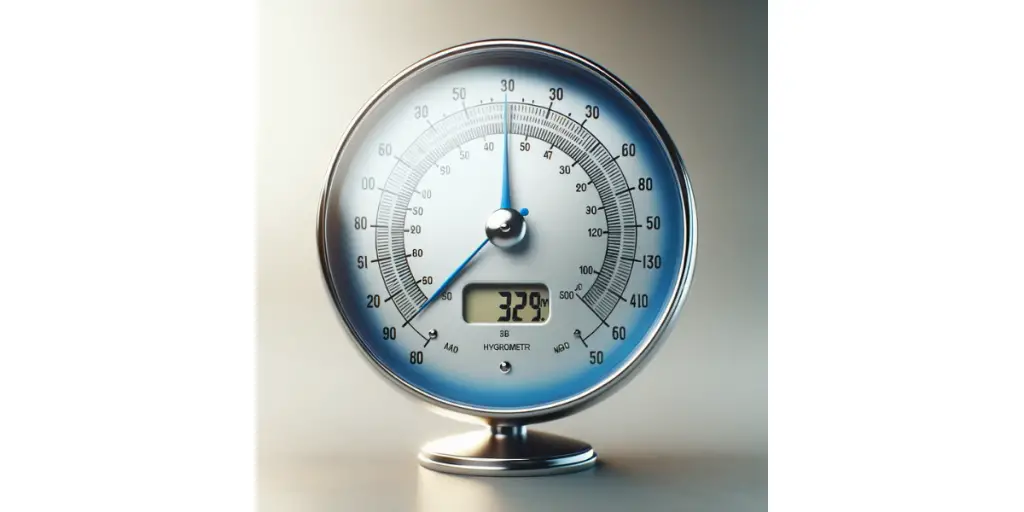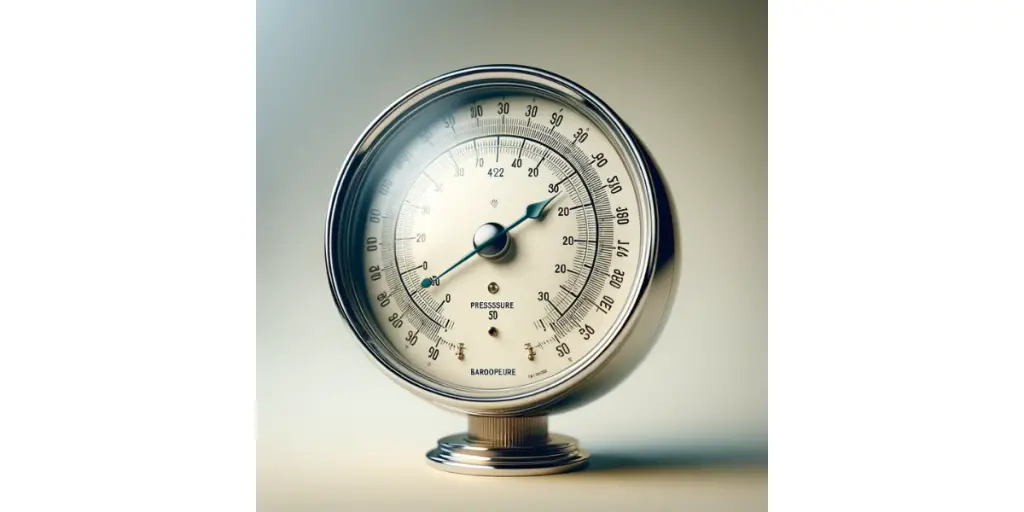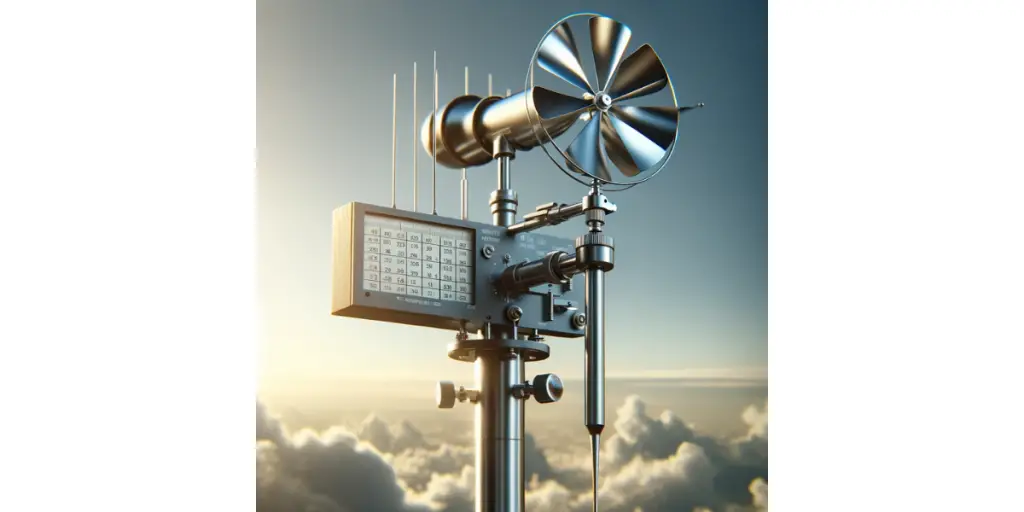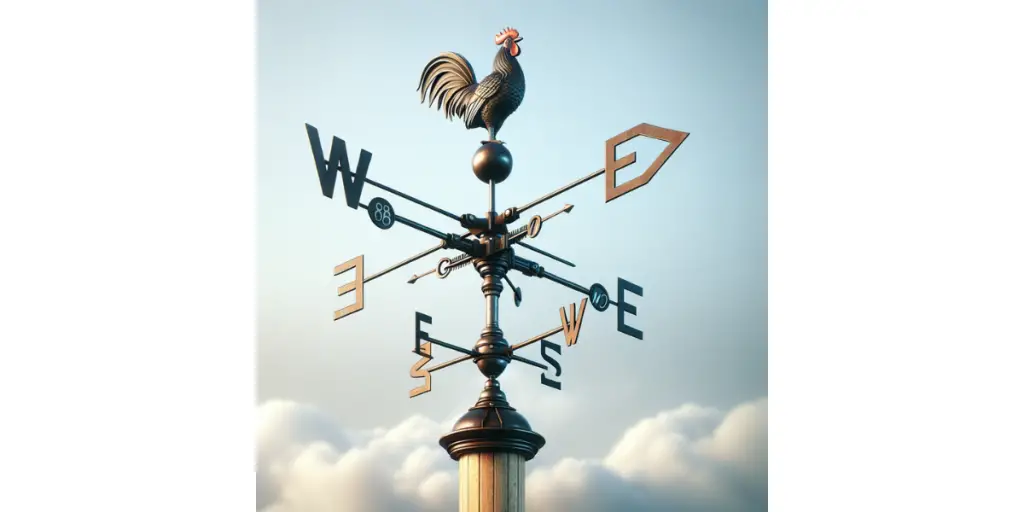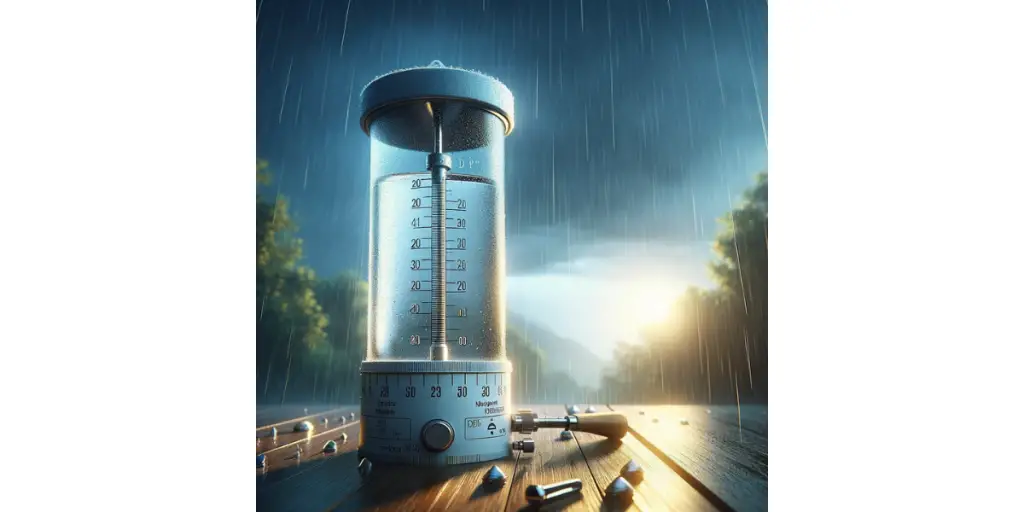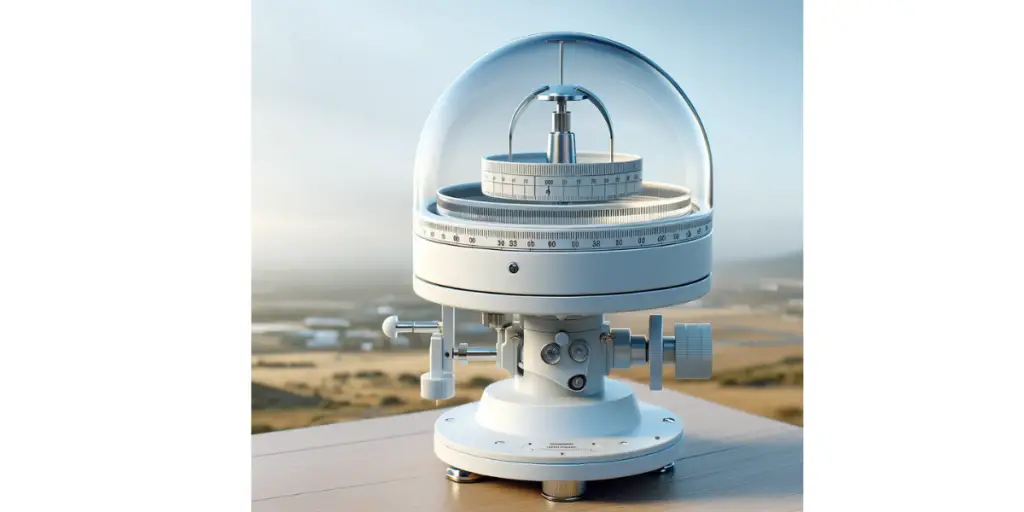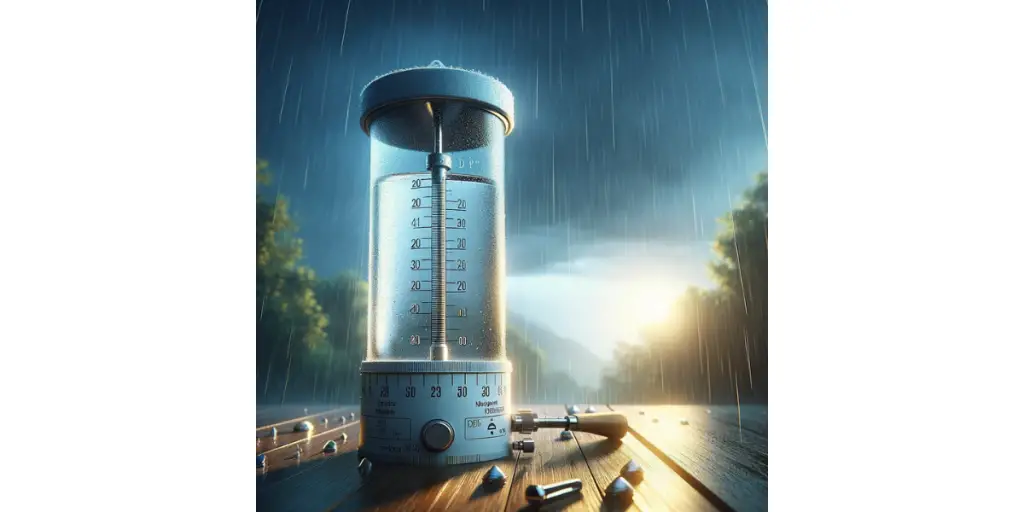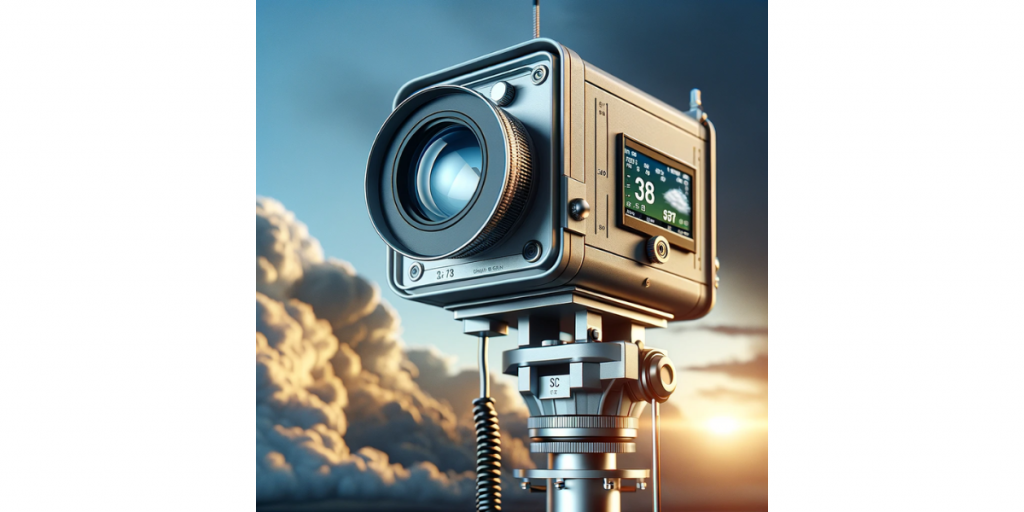In the world of farming, there’s a high-tech helper, that is weather station’s IoT devices. These smart devices are like weather watchers, keeping an eye on everything from rain to sunlight.
They give farmers super important info about the weather so they can grow crops better.
This article discovers how these weather station IoT devices are changing the game for modern farming. It also informs about what farmers can do with the data collected by IoT devices.
Definition
A weather station in the context of precision agriculture refers to an integrated system of sensors and instruments designed to collect real-time environmental data that is important for optimizing farming practices.
It typically measures various meteorological parameters such as temperature, humidity, rainfall, wind speed and direction, solar radiation, soil moisture, and sometimes atmospheric pressure.
These stations provide farmers with accurate, localized, and timely information, enabling data-driven decisions for crop management, irrigation scheduling, pest control, and overall farm efficiency.
Weather conditions measured by IoT devices
Let us have a look at each condition that is measured in the weather station.
Temperature

A weather station measures air temperature, providing information about how hot or cold the air is at a particular location.
Beyond simply indicating hot or cold conditions, air temperature influences plant growth, pest behavior, and crop development.
Extreme temperatures can stress crops, impacting their health and yield. Tracking temperature changes helps farmers make informed decisions on planting times, harvesting, and selecting crop varieties suitable for specific temperature ranges.
Humidity
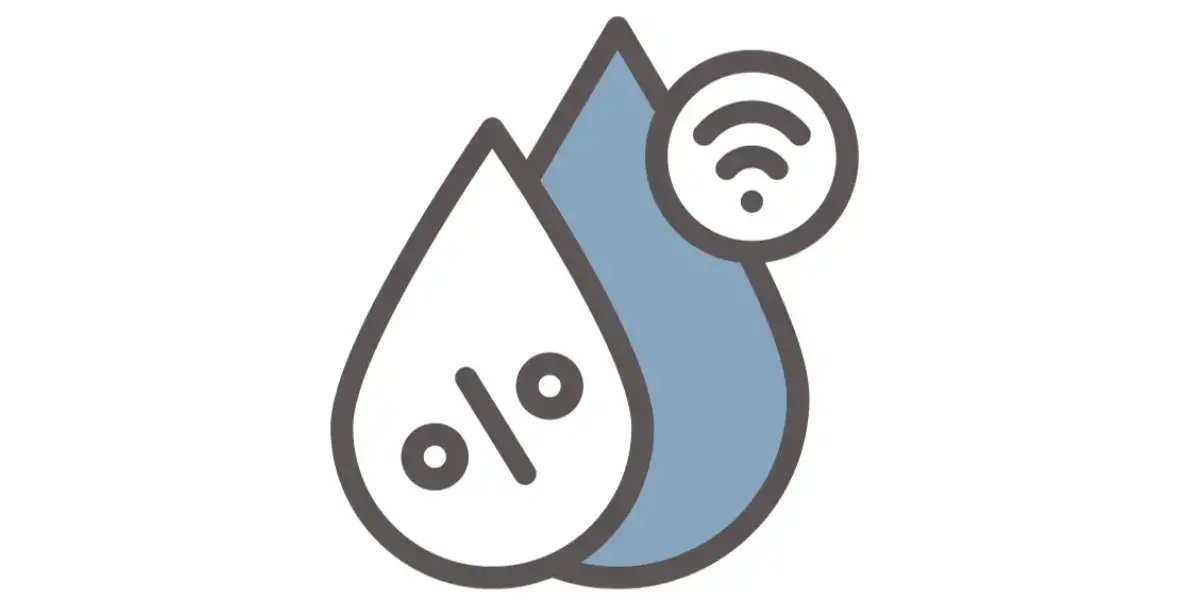
Humidity plays a major role in agricultural ecosystems. It influences evaporation rates, soil moisture equilibrium, and plant transpiration dynamics.
High humidity can encourage fungal diseases, while low humidity might lead to excessive water loss in plants.
Monitoring humidity aids in optimizing irrigation schedules and disease management practices, ensuring plants receive an adequate but not excessive amount of moisture.
Humidity sensors measure the amount of moisture or water vapor in the air, indicating how dry or moist the air is.
Wind Speed and Direction
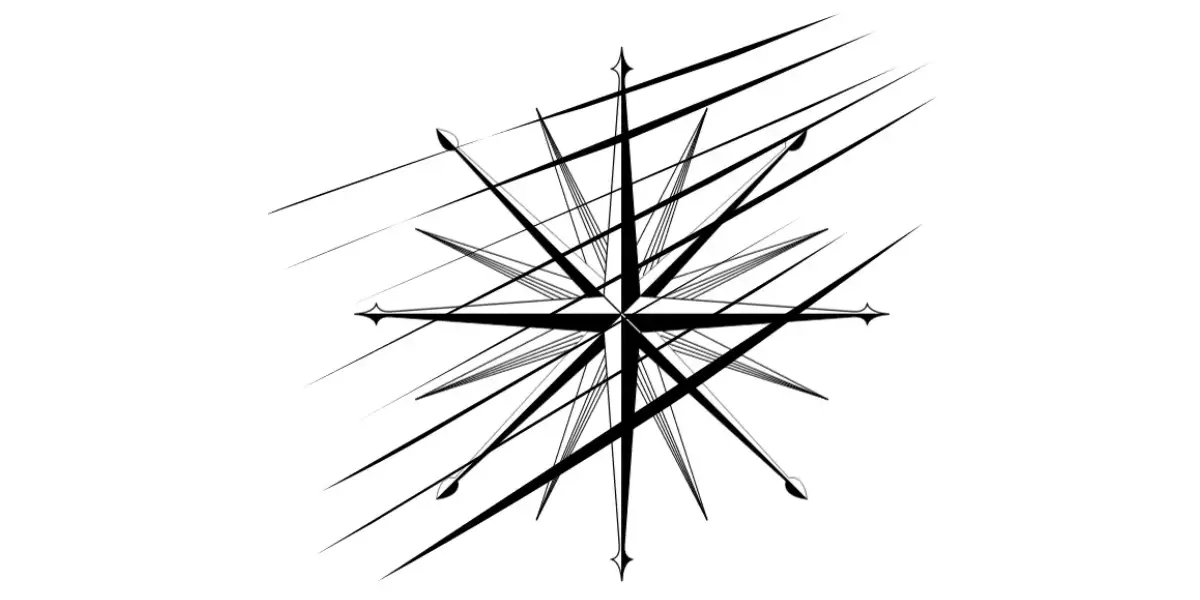
Understanding wind patterns helps in managing spray applications, especially for pesticides or fertilizers.
Wind direction influences pollen movement and can be crucial during pollination periods.
Additionally, wind speed data assists in predicting potential wind damage to crops and aids in adjusting planting techniques to minimize wind-related risks.
Anemometers are used to check the windspeed through cups, propellers, hot wires, or ultrasonic signals. They can measure the direction of the wind also.
Barometric Pressure
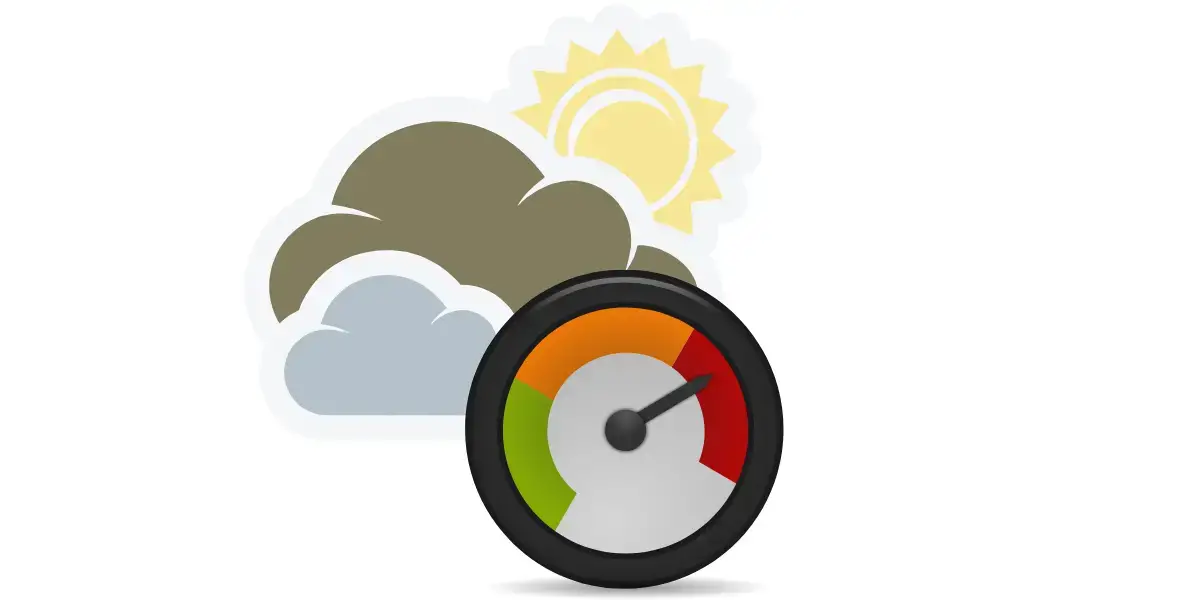
Changes in atmospheric pressure often signal approaching weather systems.
This parameter is vital for predicting weather patterns, such as the onset of storms or periods of stable weather.
Farmers can use this information to prepare for upcoming weather events and adjust their farming practices accordingly. Barometers are used to measure atmospheric pressure, which helps in predicting weather patterns.
Precipitation
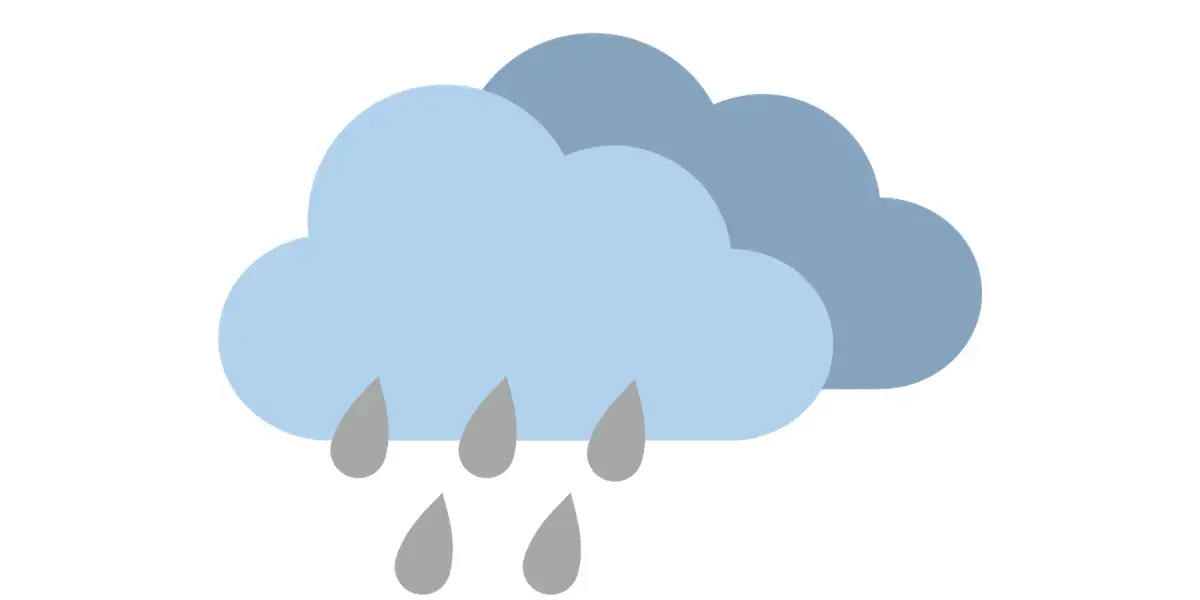
Rainfall and snowfall data are fundamental for irrigation management, ensuring crops receive the right amount of water. It also helps in managing erosion, drainage, and water conservation efforts on the farm.
Monitoring precipitation patterns over time assists in identifying long-term climate trends that may impact crop growth and soil conditions.
Rain gauges and snow gauges measure the amount of rainfall or snowfall at a specific location.
Solar Radiation
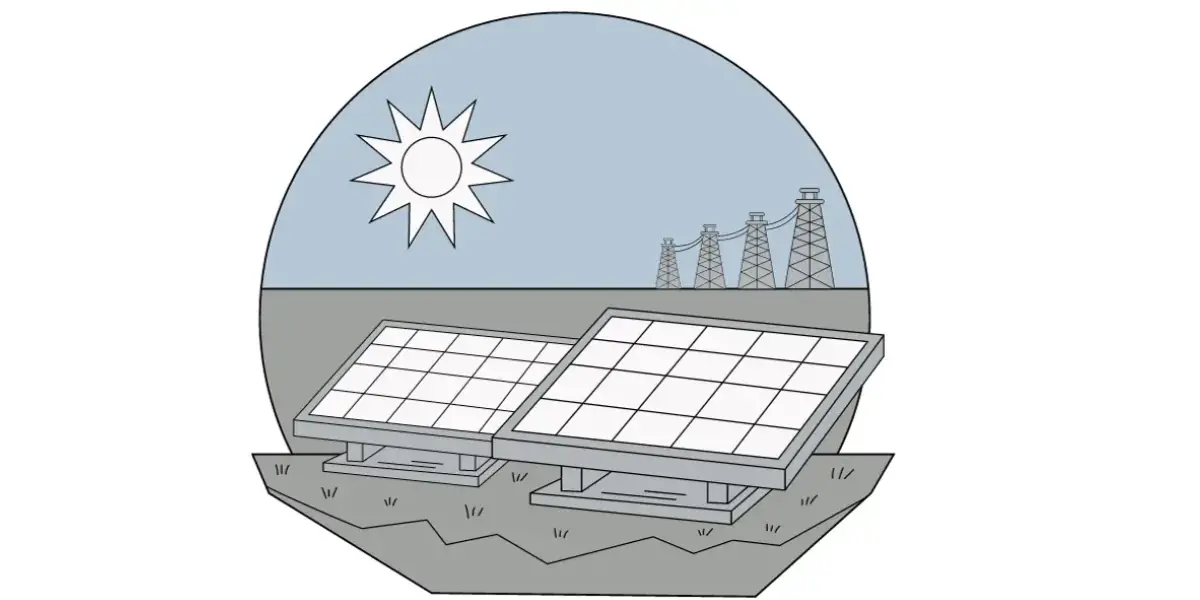
Measurement of solar energy reaching the Earth’s surface is crucial for understanding the available energy for plant photosynthesis.
This data aids in optimizing crop planting layouts, choosing suitable crops for light conditions, and managing greenhouse environments for maximum productivity.
Pyranometers or radiometers can measure the amount of solar energy or radiation reaching the Earth’s surface.
Cloud Cover

Assessing cloud cover and height is beneficial for understanding incoming weather patterns. It helps in predicting temperature changes, potential precipitation, and incoming storms.
This information aids in planning field activities and protecting crops from adverse weather conditions.
Sky cameras and ceilometers are sometimes used to assess cloud cover and cloud height.
Weather station IoT devices
Here are the instruments used in the weather station
What can farmers do with weather station data?
Weather station data plays an important role in modern agriculture, offering farmers valuable insights into weather conditions and climate trends.
By utilizing this data, farmers can enhance their decision-making processes, optimize resource allocation, and ultimately increase crop yield and quality.
Weather station data is useful in the following ways.
Optimizing Irrigation Scheduling
Weather station data provides real-time information on temperature, humidity, and precipitation, which are essential for effective irrigation scheduling.
Farmers can utilize this data to determine when and how much to irrigate, thus avoiding overwatering and reducing water wastage.
This approach conserves precious water resources and prevents waterlogged soils and associated crop diseases.
Utilizing Degree Day Models
Degree day models, based on accumulated temperature data, are invaluable for tracking crop development and pest activity.
By using weather station data, farmers can calculate growing degree days (GDD) and predict optimal planting and harvesting times.
This information assists in crop management, allowing for improved pest control and the application of resources like fertilizers and pesticides when they are most effective.
Enhancing Freeze Protection
Weather station data, including temperature and frost warnings, can be instrumental in protecting crops from frost damage.
Farmers can install temperature sensors in their fields or orchards, linked to weather stations, to receive real-time temperature updates.
In case of an impending frost, they can take preemptive measures such as deploying frost protection mechanisms like heaters or wind machines, ultimately safeguarding their crops.
Industry-Wide Advancements
Weather station data is not only beneficial to individual farmers but also contributes to the overall improvement of the agriculture industry.
Aggregating data from multiple weather stations allows for the creation of comprehensive climate models and predictive analytics. This information is crucial for long-term planning, risk assessment, and adaptation to climate change.
Additionally, the data can be shared among farming communities, enabling collaboration and the development of best practices.
Conclusion
Weather stations IoT devices aren’t just gadgets; they’re farming superheroes. They help farmers make smart choices about their crops and the weather. With these devices, farming gets smarter, and more sustainable, and promises a bright future full of good harvests for everyone.
